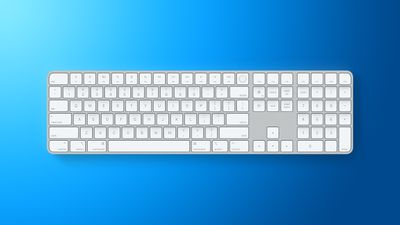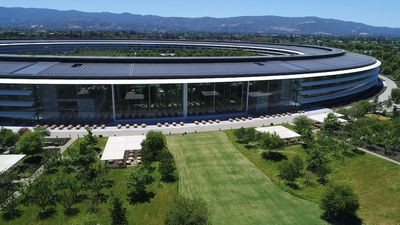Apple today challenged the funding behind a $4 billion UK lawsuit during a tribunal hearing, raising new concerns about the iCloud class action as the company battles further antitrust scrutiny.

The case was initiated by consumer group Which on behalf of consumers, alleging that Apple's iCloud storage practices lock users into the service and cause them to pay more for cloud storage than they would have paid under more competitive conditions. Which is seeking compensation and an injunction to prevent Apple from continuing the alleged conduct.
The proposed class period runs from 1 October 2015 to the present, meaning that the claim targets both historic and ongoing conduct by Apple. The application also seeks injunctive relief aimed at preventing Apple from continuing the alleged abusive behavior in the future.
Apple told the Competition Appeal Tribunal that Which had not provided enough clarity about its third-party funder, Litigation Capital Management (LCM), which is paying for the legal action. LCM recently suffered a severe financial decline, losing 99% of its share value from its November 2024 level, leaving it worth about $16 million. Apple argued that this collapse raised questions about whether LCM could still support the lawsuit.
It also said that if it were allowed to pursue an appeal later in the process or if Which's funding is withdrawn, Apple could face a significant risk of not being able to recover its legal costs because LCM might not be able to pay them. The company added that both Apple and the proposed class representative should have been informed sooner and more clearly about LCM's situation.
The funding dispute emerges days after the tribunal refused Apple permission to appeal a separate ruling in a long-running developer class action, which found that Apple had abused its dominant position in iOS app distribution and in-app payment processing. That judgment concluded that Apple's App Store commission structure led to higher prices for consumers and restricted competition, leaving Apple facing potential damages of more than $1 billion.
The tribunal has not yet indicated when it will make a decision and the hearing continues.
Note: Due to the political or social nature of the discussion regarding this topic, the discussion thread is located in our Political News forum. All forum members and site visitors are welcome to read and follow the thread, but posting is limited to forum members with at least 100 posts.



 Note: MacRumors is an affiliate partner with Adobe. When you click a link and make a purchase, we may receive a small payment, which helps us keep the site running.
Note: MacRumors is an affiliate partner with Adobe. When you click a link and make a purchase, we may receive a small payment, which helps us keep the site running.
 Note: MacRumors is an affiliate partner with some of these vendors. When you click a link and make a purchase, we may receive a small payment, which helps us keep the site running.
Note: MacRumors is an affiliate partner with some of these vendors. When you click a link and make a purchase, we may receive a small payment, which helps us keep the site running.


























